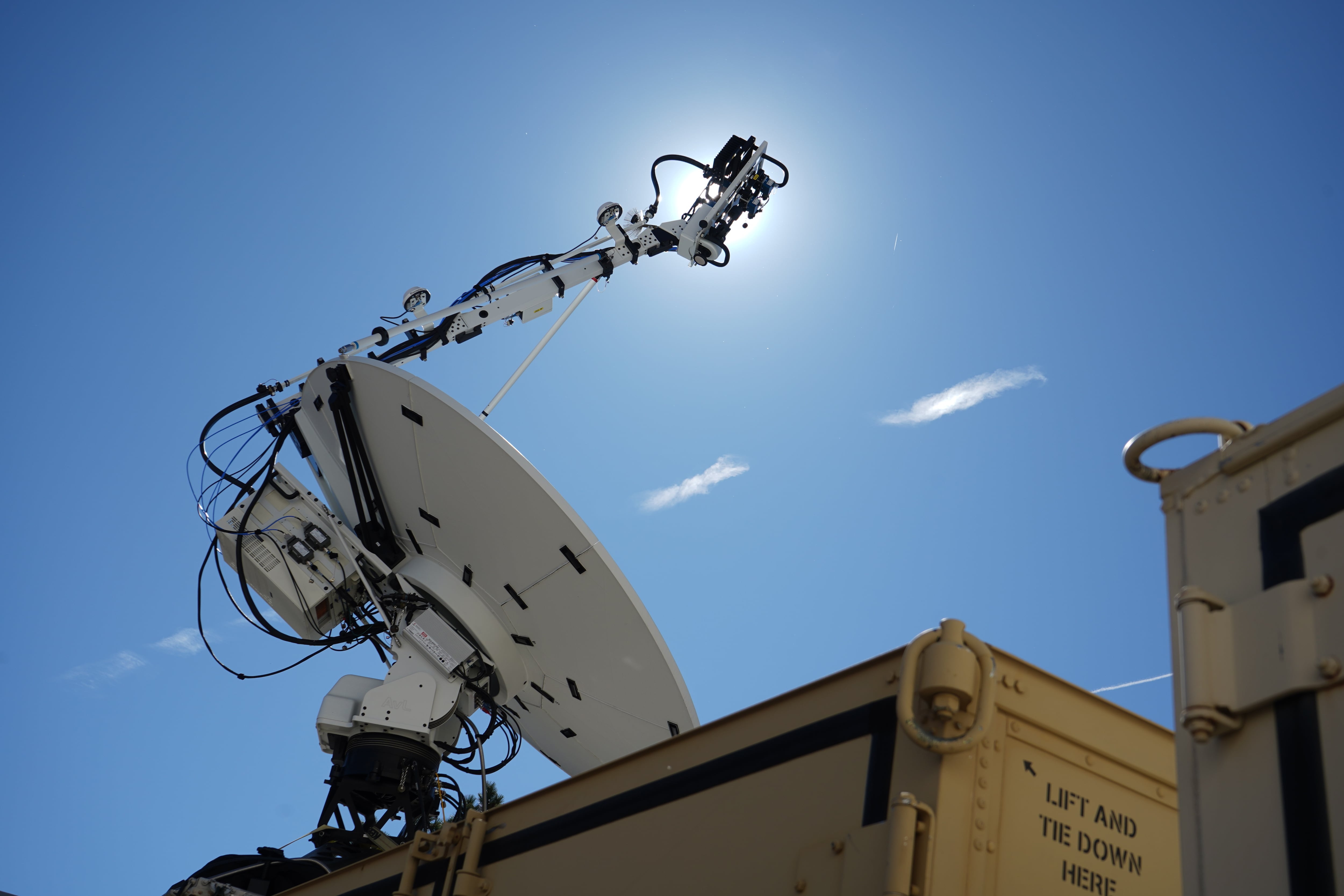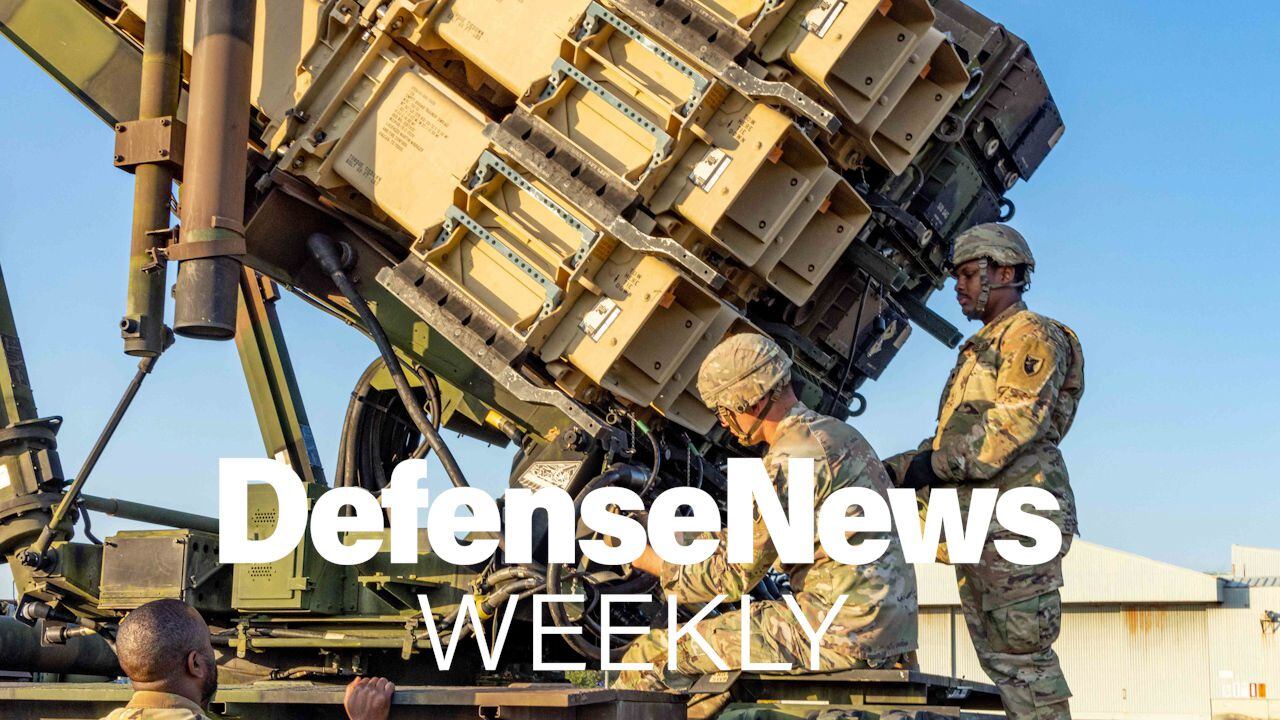The U.S. Army has a power problem, and it's investigating multiple approaches for a solution.
As troops find themselves carrying a growing array of sophisticated battery-powered devices, Army researchers are investigating new portable power technologies that can safely supply adequate amounts of energy for longer periods of time without adding extra size and weight.
"Current battery technology is very advanced, but the technology can always be improved for soldiers who must operate in a harsh military environment," said Ashley Ruth, a chemical engineer in the Command, Power & Integration (CP&I) directorate of the Army Communications-Electronics Research, Development and Engineering Center (CERDEC). "We want to see improved safety, lower costs, more power, more energy and expanded operating temperature ranges, all while being as small and lightweight as possible," Ruth said.
Ruth notes that current Army battery research is focusing on two specific models. "We are looking at improving primary--single use--and rechargeable battery technology," she says. "Primary batteries have the benefit of higher energy density, which equates to a longer runtime."
Chemistries being studied include lithium-sulfur (Li-S) and lithium-air (Li-Air), both of which have the promise of doubling energy density or runtime. "One advantage of the Li-S chemistry is that it has the capability to be recharged, and there is ongoing research to drive that chemistry into a true rechargeable system," Ruth said.
CERDEC researchers are also investigating a more reliable rechargeable chemistry, a high-voltage, manganese-based system that promises to yield a 25 percent energy density increase. "In our lab we have demonstrated success by modifying the structure with chlorine and transition metal dopants," Ruth said. The dopants stabilize the battery, allowing significantly deeper discharges resulting in greater power capacity. "Due to the material stability, we determined a four-fold power increase would be achievable," Ruth said.
Increased safety is a high priority, Ruth states. "We would like to eliminate the need for a flammable electrolyte via incorporation of a solid-state electrolyte that can achieve the same high-performance conductivity of existing liquid electrolytes," Ruth said. The electrolyte is the essential medium that carries ions back and forth between the anode and cathode. "The harsh temperatures and possibility of projectile interaction is a reality for military applications, so we must develop power equipment that can handle extreme conditions without endangering the soldier," Ruth said.
Conformal Wearable Battery
Already in the Army's portable power pipeline is the Conformal Wearable Battery (CWB). First announced in 2013, the lithium-ion (Li-ion)-based CWB is a thin, lightweight, flexible battery that's designed to integrate seamlessly into a soldier's body armor to provide centralized power to multiple C4ISR devices.
"It conforms to the body and can be worn in either the side, chest or back pouches with the ballistic protective plates, virtually invisible and transparent to the soldier," said Deanna Tyler, system engineering lead at CERDEC CP&I.
The CWB was developed to serve as a centralized power source for the Army's Nett Warrior, a smart phone-based, integrated, dismounted leader situational awareness system designed for tactical operations, Tyler said. The CWB provides continuous power for up to 24 (rechargeable) or 72 (non-rechargeable) hours in a small (8.7 inch x 7.66 inch x 0.70 inch) and lightweight (2.6 pounds) footprint.
A major CWB drawback is its inability to be recharged while its user is on the move. "Therefore, conventional methods--portable chargers--are still required for small-unit missions longer than 24 hours," Tyler said. As an interim solution, a non-rechargeable version of the CWB, based on lithium-carbon monofluoride chemistry, has been developed to handle extended missions of up to 72 hours.
Tyler noted that the CWB has already been demonstrated at various soldier experimentation events, such as the Army Expeditionary Warrior Experiment, the Maneuver Fires Integration Exercise and the Network Integration Evaluation, and "has received positive feedback on performance with plans currently in place for near term —[fiscal 2017 to fiscal 2020] — procurement."
Water-in-Salt Battery
Working on the cutting edge of battery technology, researchers at the Army Research Laboratory (ARL) and the University of Maryland (UMD) have developed an innovative "water-in-salt" aqueous lithium-ion battery that promises to supply power, efficiency and longevity comparable to today's lithium-ion batteries, yet without the current fire and chemical risks.
An investigation led by Kang Xu, a senior research chemist at ARL's Sensor and Electron Devices Directorate, and Chunsheng Wang, an associate professor in UMD's Department of Chemical & Biomolecular Engineering, could lead to a new generation of safer and possibly less expensive Li-ion batteries. Xu noted that research "marks a major step forward in water-based (aqueous) battery technology, effectively doubling the power."
The new battery features a water-based electrolyte containing ultrahigh concentrations of a specially selected lithium salt. The design leads to the formation of a thin protective film on the battery's anode electrode. Known as a "solid electrolyte interphase," the stabilizing and protective film is necessary to maintain the high performance characteristics of Li-ion batteries, yet has previously only been created in non-aqueous electrolytes. "Our finding is transformational, creating a completely new approach to aqueous electrochemical devices," Xu said.
"Past batteries designed for the military have traditionally had the form and function of a brick, and we're working to move beyond that point," said retired Lt. Col. Edward Shaffer, chief of ARL's Energy and Power Division. "This latest battery development promises chemically and thermally safer batteries that can be comfortably carried or worn by soldiers."
Shaffer noted that the aqueous battery could also be used to provide a safe, reduced-footprint energy storage system for deployment in aircraft, submarines and other types of vehicles. He added that the technology is particularly well-suited for delivering large energies at kilowatt or even megawatt levels to electric vehicles, or grid-storage devices for energy harvest systems,
"What we're focusing on is battery chemistry that you're not going to get out of the commercial world or the Department of Energy," Shaffer said.








